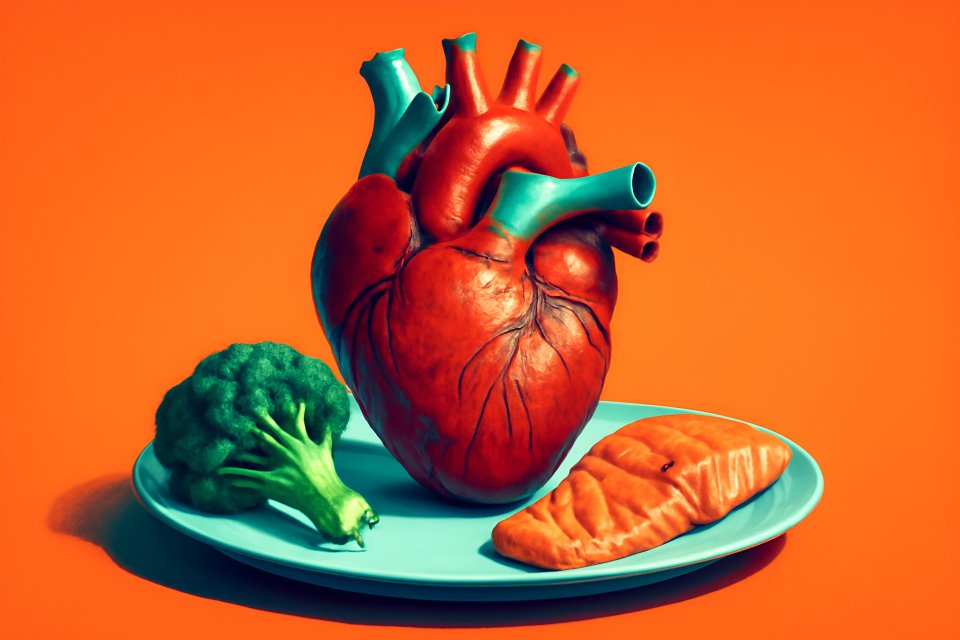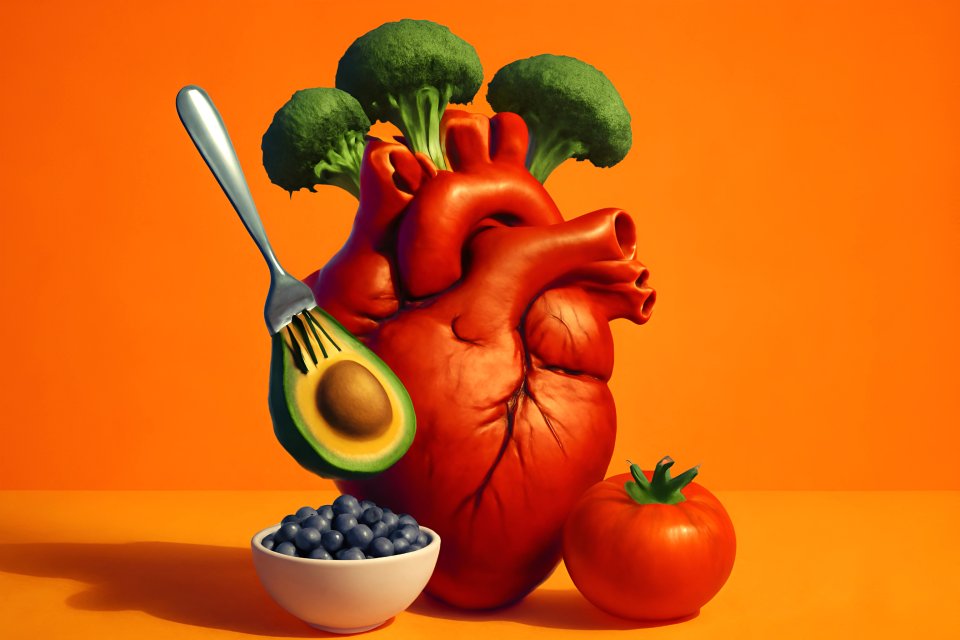
Embrace an Anti-Inflammatory Diet to Stay Active and Thrive
Staying active is one of the best things you can do for your health as you age. However, with activity can sometimes come aches, stiffness, and discomfort, much of which is linked to chronic inflammation. While some inflammation is a natural part of the body's healing process, persistent, low-grade inflammation can contribute to a range of health issues. The good news? Your fork is one of the most powerful tools you have to fight back. By adopting a few key nutritional strategies, you can help manage inflammation, soothe your joints, and keep moving with vitality.
Fill Your Plate with Anti-Inflammatory Powerhouses
Focus on incorporating whole, nutrient-dense foods that are known for their inflammation-fighting properties. Think colorful, fresh, and natural. Make these foods the foundation of your daily meals:
- Fatty Fish: Salmon, mackerel, sardines, and tuna are rich in omega-3 fatty acids, which are potent anti-inflammatory agents. Aim for at least two servings per week.
- Leafy Greens: Spinach, kale, and collard greens are packed with antioxidants and vitamins that protect your cells from stress and inflammation.
- Berries and Cherries: These fruits are loaded with antioxidants called anthocyanins, which have been shown to significantly reduce inflammatory markers.
- Nuts and Seeds: Almonds, walnuts, and flaxseeds provide a healthy dose of fats, fiber, and antioxidants. A small handful makes a great snack.
- Olive Oil: Extra virgin olive oil contains oleocanthal, a compound with effects similar to ibuprofen. Use it for salad dressings and low-heat cooking.
Limit Foods That Fuel the Fire
Just as some foods can calm inflammation, others can promote it. Reducing your intake of these items can make a significant difference in how you feel:
- Sugary Foods and Drinks: Excess sugar can trigger the release of inflammatory messengers. Be mindful of sodas, pastries, and candies.
- Refined Carbohydrates: White bread, pasta, and white rice have been stripped of their fiber and can spike blood sugar, contributing to inflammation.
- Processed and Fried Foods: These often contain unhealthy trans fats and advanced glycation end products (AGEs), both of which are highly inflammatory.
- Red and Processed Meats: High consumption of foods like burgers, steaks, and hot dogs has been linked to increased levels of inflammation.
Harness the Power of Spices
Your spice rack is a hidden arsenal in the fight against inflammation. Certain herbs and spices contain powerful compounds that can help soothe your system. Try incorporating more of these into your cooking:
- Turmeric: Contains curcumin, a powerful anti-inflammatory compound. Pair it with black pepper to enhance its absorption.
- Ginger: Known for its ability to reduce muscle pain and soreness, ginger is a fantastic addition to teas, stir-fries, and soups.
- Garlic and Onions: These kitchen staples contain sulfur compounds that can inhibit inflammatory enzymes.
Don't Forget to Hydrate
Water is essential for every bodily function, including managing inflammation. Staying well-hydrated helps flush toxins from your body, keeps your joints lubricated, and ensures that nutrients can travel effectively to your cells. Aim to drink plenty of water throughout the day; your joints will thank you.
A Final Word on Your Health Journey
Adopting an anti-inflammatory diet isn't about perfection; it's about making consistent, positive choices. By focusing on whole foods, limiting processed items, and staying hydrated, you can provide your body with the tools it needs to manage inflammation effectively. These small changes can lead to big rewards, including less pain, more energy, and the freedom to enjoy the active lifestyle you love. As always, be sure to consult with your doctor or a registered dietitian before making significant changes to your diet, especially if you have underlying health conditions.












